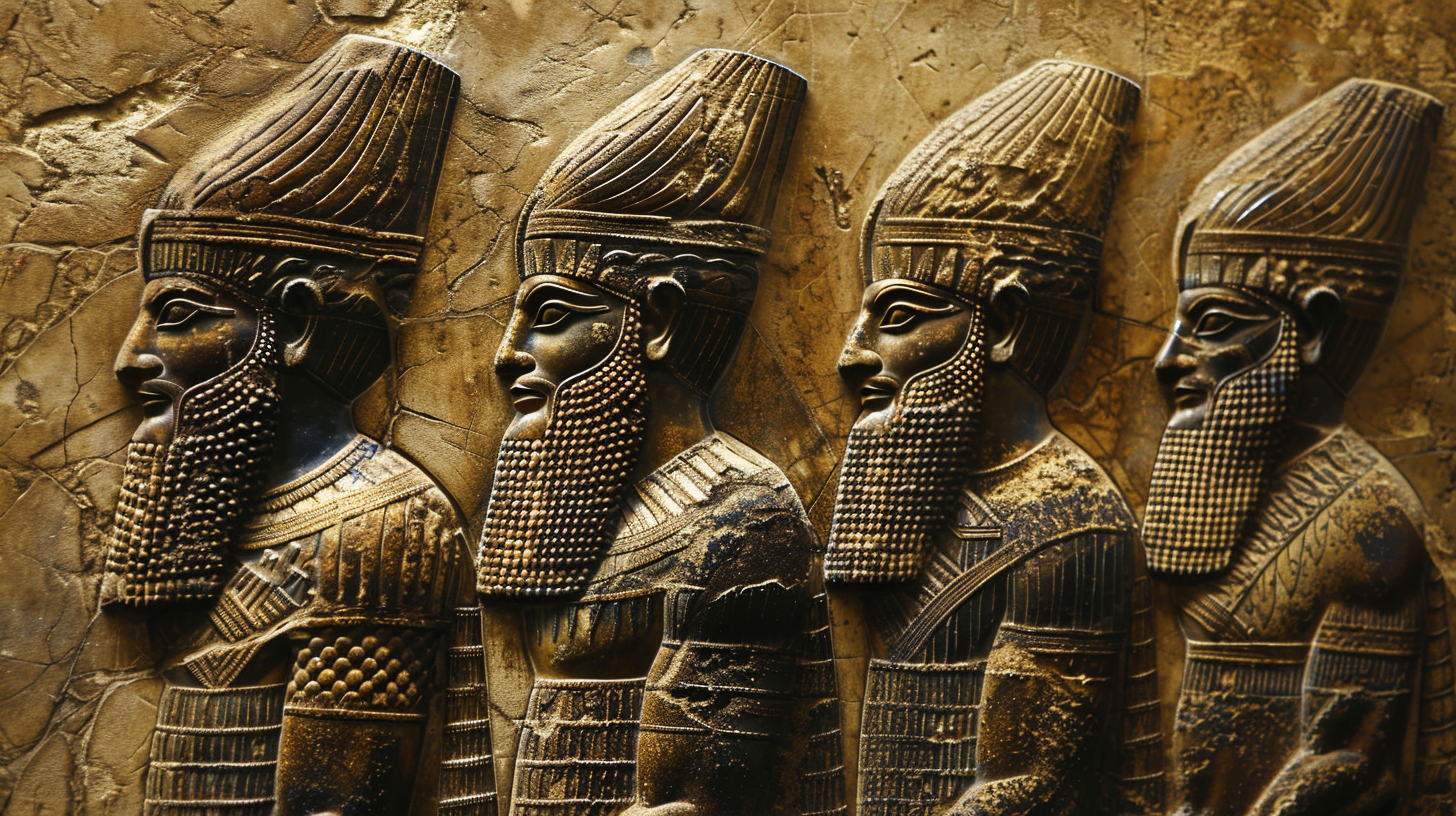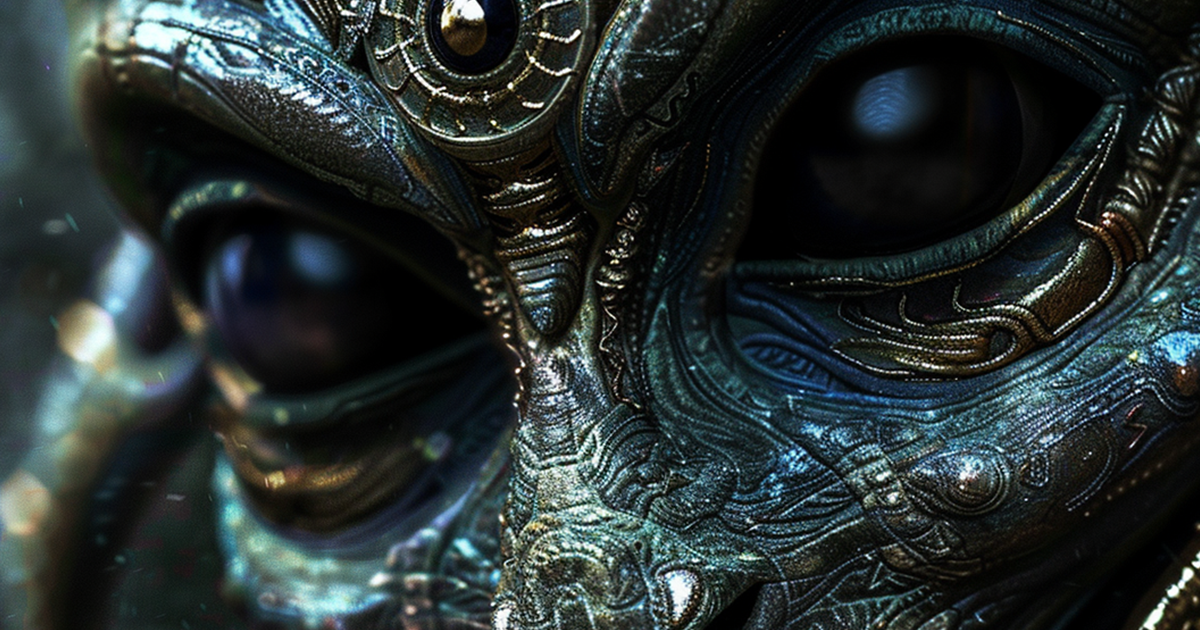Within the ancient chants of Sumerians, we find allusions to the “Divine Assembly” – a gathering of deities coming together for discussions and judgments. While traditionally viewed as symbolic narratives, alternative perspectives present an intriguing notion: that the Divine Assembly could symbolize a cosmic congregation of extraterrestrial entities.
The vibrant Sumerian hymns paint a vivid picture of divine governance, depicting gods uniting in celestial chambers to deliberate on matters of cosmic importance. In this celestial realm, notable figures like Enlil, Enki, and Inanna play pivotal roles in overseeing the affairs of gods and humans. The Divine Assembly is portrayed as a domain brimming with wisdom and power, where decisions are made that shape the destiny of existence.

However, some scholars propose a bold reimagining of the Divine Assembly. By drawing parallels between Sumerian texts and contemporary speculations on extraterrestrial interactions, they suggest that this assembly may represent a gathering of advanced beings from distant galaxies. From this standpoint, the Sumerian gods could have been interpreted as extraterrestrial visitors convening to deliberate and shape the fate of humanity and the cosmos.
Redefining the Divine Assembly as a cosmic rendezvous challenges conventional interpretations of Sumerian lore and prompts a reassessment of our perceptions of ancient civilizations and their interactions with otherworldly beings. Whether viewed as allegorical narratives or glimpses into actual encounters, the Sumerian hymns offer fascinating insights into humanity’s enduring fascination with the mysteries of the universe.
As we delve deeper into the analysis and interpretation of these ancient manuscripts, we are reminded of the boundless revelations waiting to be uncovered within the annals of human history. Whether the Divine Assembly arose from human imagination or mirrored encounters with beings beyond our world, its cultural and spiritual significance remains resolute.
